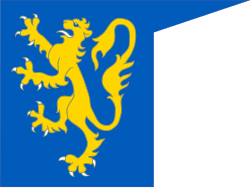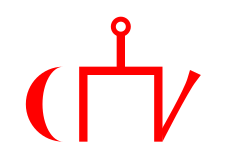Triangle of Kyiv Chernihiv Pereyaslavl 1132
Přisuzování:
Obrázek je označen jako „Vyžadováno uvedení zdroje“ (Attribution Required), ale nebyly uvedeny žádné informace o přiřazení. Při použití šablony MediaWiki pro licence CC-BY byl pravděpodobně parametr atribuce vynechán. Autoři zde mohou najít příklad pro správné použití šablon.
Formát:
961 x 704 Pixel (266602 Bytes)
Popis:
The "triangle of Kyiv, Chernihiv and Pereyaslavl" in 1132, also known as the "Kyiv–Chernihiv–Pereiaslav triangle", the "triangle of Kiev, Chernigov, and Pereiaslavl’", or "Kievan triangle". According to Soviet historian Arseniy Nikolaevich Nasonov,
“Russkaia zemlia” i obrazovanie territorii drevnerusskogo gosudarstva. Istoriko-geograficheskoe issledovanie (Moscow: Nauka, 1951), pp. 216–20, these three urban centres and their principalities formed the core area of what contemporaneous Rus' sources (since the late 11th century, through the 12th century, until at least the early 13th-century
Kyivan Chronicle) identified as "Rus'", or "the Rus' Land". Nasonov posited, for example, that when these texts said someone travelling from Vladimir-Suzdal in the northeast, Velikiy Novgorod in the north, or Galicia-Volhynia (Halych-Volyn) in the southwest, was "going to Rus'", the context indicated that this usually meant the area of the cities of Kyiv (Kiev), Chernihiv (Chernigov) and Pereyaslavl (Pereiaslav) on the Middle Dnipro (Dnieper). The area designated as "Rus' (Land)" would only expand later to encompass other parts of the Rurikid/Volodimerovichi realm, or the whole of Kievan Rus' (Kyivan Rus'). In addition, by the middle of the 14th century, the term "Rus' Land" had taken on a new, third meaning, no longer referring to the Kievan triangle or all of former Kievan Rus', but to the Suzdalian principalities in the northeast, later specifically Muscovy (the Grand Duchy of Moscow).
Several scholars such as Rybakov (1953), Cherepnin (1958), Tikhomirov (1947) and Artamonov (1962) accepted Nasonov's theory. Opponents such as Likhachev and Soloviev claimed that the term "Rus' (Land)" had already acquired a broader political meaning encompassing all East Slavic Kievan Rus' territories earlier that Nasonov proposed.
- Plokhy, Serhii (2006) The Origins of the Slavic Nations: Premodern Identities in Russia, Ukraine, and Belarus, Category:New York: Cambridge University Press, pp. 37–39, 49, 70–71 ISBN: 978-0-521-86403-9.
- Halperin, Charles J. (17 February 2016). "A Tatar interpretation of the battle of Kulikovo Field, 1380: Rustam Nabiev". Nationalities Papers 44 (1): 12. DOI:10.1080/00905992.2015.1063594. ISSN 0090-5992.
- Halperin, Charles J. (2022) The Rise and Demise of the Myth of the Rus' Land, Leeds: Arc Humanities Press, pp. 7, 18, 20, 41, 58 ISBN: 9781802700565.
Více informací o licenci na obrázek naleznete zde. Poslední aktualizace: Tue, 31 Dec 2024 10:31:31 GMT
Relevantní obrázky
Relevantní články
Kyjevské knížectví
Kyjevské knížectví byl středověký státní útvar rozprostírající se v oblasti mezi řekami Dněpr, Sluč, Ros a Pripjať na tehdejším území Kyjevské Rusi, části Ukrajiny a jihovýchodní oblasti Běloruska. Na severu hraničilo s Pinským knížectvím, na východě s Černigovským a Perejaslavským knížectvím, na západě s Vladimirsko-volyňským knížectvím a jih země obklopovaly polovské stepi.
.. pokračovat ve čtení














